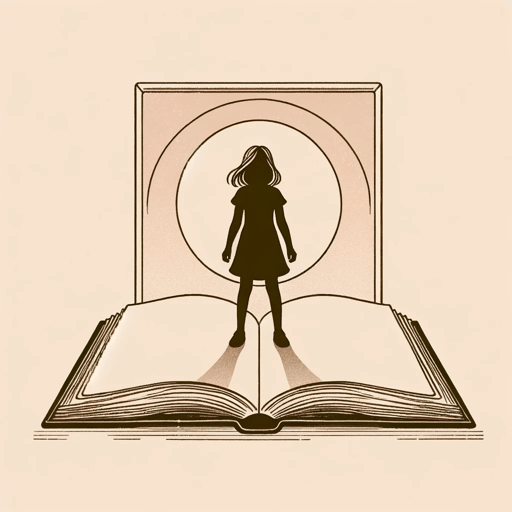45 pages • 1 hour read
Chimamanda Ngozi AdichieThe Danger of a Single Story
Nonfiction | Essay / Speech | Adult | Published in 2009A modern alternative to SparkNotes and CliffsNotes, SuperSummary offers high-quality Study Guides with detailed chapter summaries and analysis of major themes, characters, and more. For select classroom titles, we also provide Teaching Guides with discussion and quiz questions to prompt student engagement.
Answer Key
Reading Check
1. She modeled her characters on those she read about in British and American stories: They were blue-eyed, played in the snow, ate apples, and drank ginger beer. (:27)
2. Adichie argues that because young children are “impressionable and vulnerable,” it is important for them to see themselves in the stories they read. (1:32)
3. The roommate assumed that because Adichie was from Africa, she would speak English poorly, listen to “tribal music,” and be unfamiliar with modern appliances. (4:01)
4. She realized she had accepted the one-dimensional “abject immigrant” story about Mexican people. (8:09)
Short Answer
1. Adichie’s mother had described Fide’s family as poor and desperate. When she visited his home and saw the beautiful handmade basket, she realized she had only ever thought of his family as poor and not as people who had more than one story to their identity. (3:31)
2. Adichie uses an Igbo word, nkali, to explain that power is the ability to tell one story about someone else and have it be the accepted or definitive story. Power can define a person’s story as one of dignity and humanity or of stereotypes and marginalization. (9:25)
3. A single story is a stereotype that flattens the experience of a person’s life and ignores other important pieces of their identity.
Related Titles
By Chimamanda Ngozi Adichie

Americanah
Chimamanda Ngozi Adichie

Apollo
Chimamanda Ngozi Adichie

A Private Experience
Chimamanda Ngozi Adichie

Birdsong
Chimamanda Ngozi Adichie

Cell One
Chimamanda Ngozi Adichie

Checking Out
Chimamanda Ngozi Adichie

Dear Ijeawele, or a Feminist Manifesto in Fifteen Suggestions
Chimamanda Ngozi Adichie

Half of a Yellow Sun
Chimamanda Ngozi Adichie

Purple Hibiscus
Chimamanda Ngozi Adichie

The Headstrong Historian
Chimamanda Ngozi Adichie

The Thing Around Your Neck
Chimamanda Ngozi Adichie

We Should All Be Feminists
Chimamanda Ngozi Adichie

